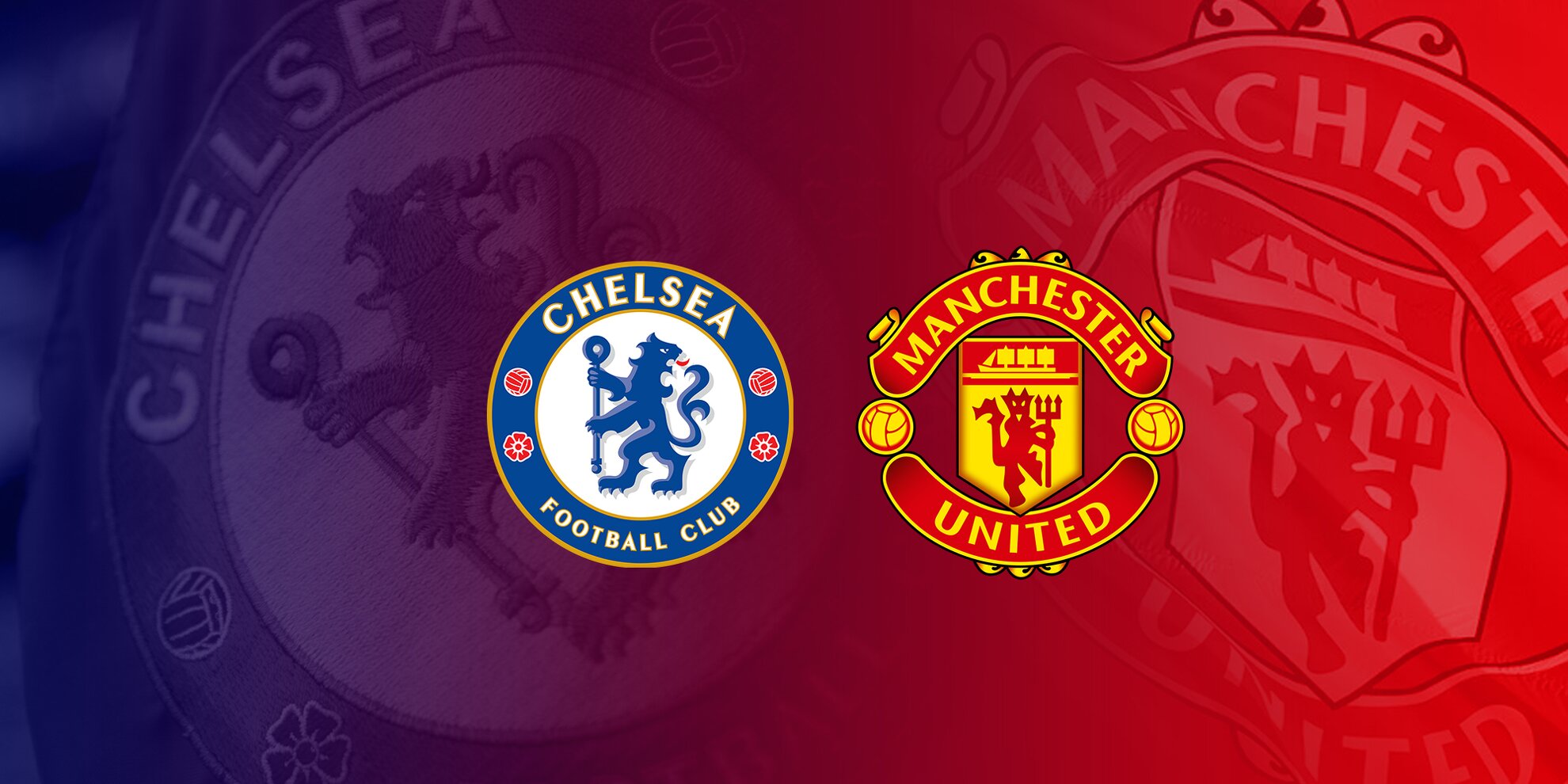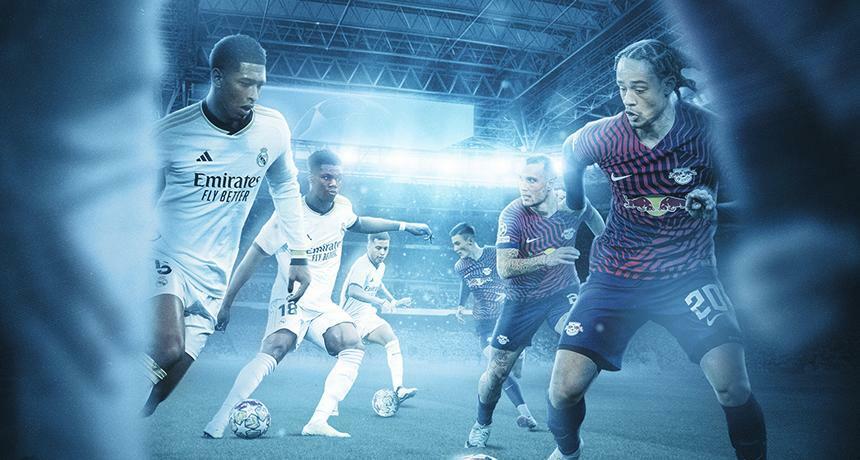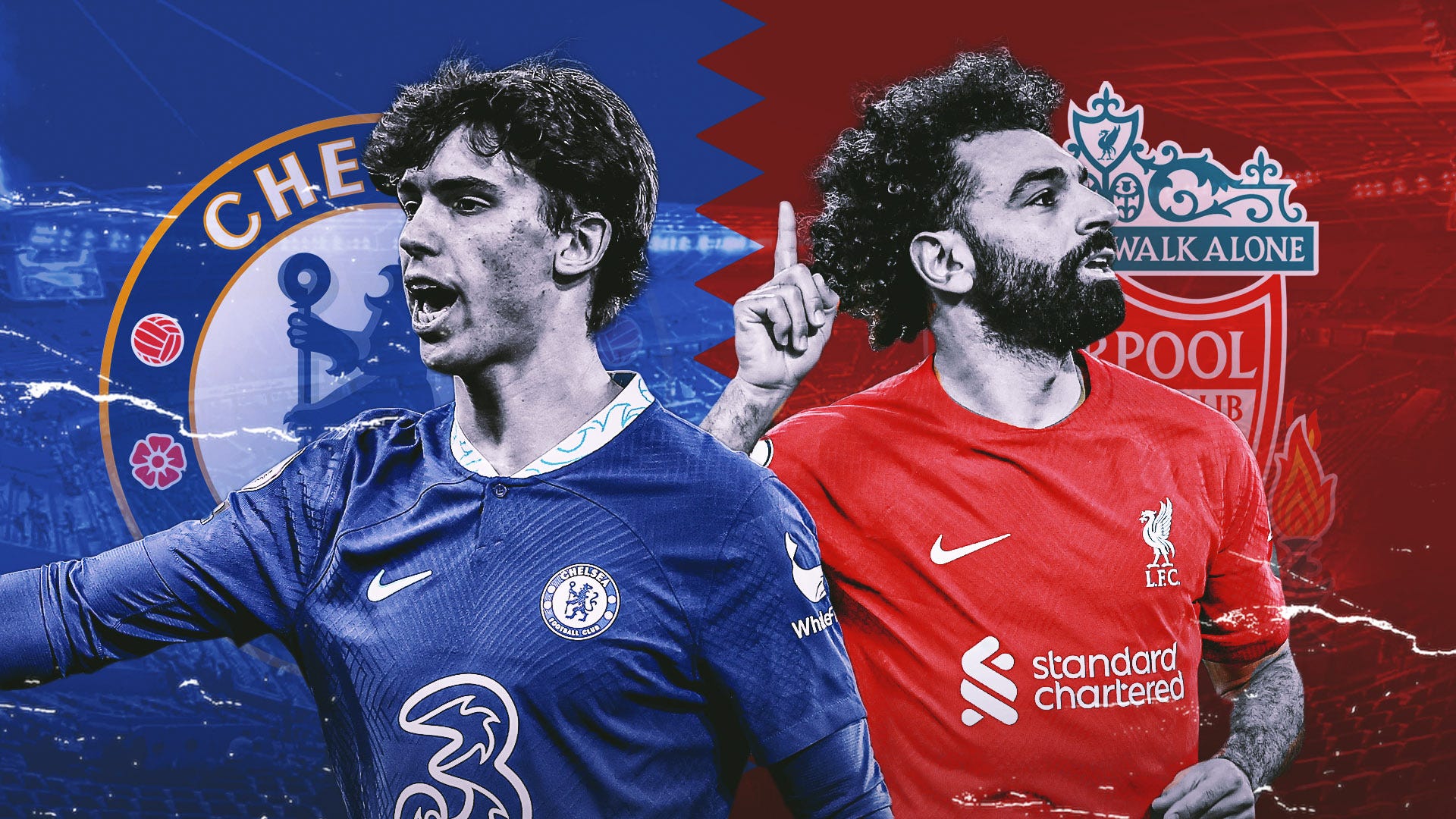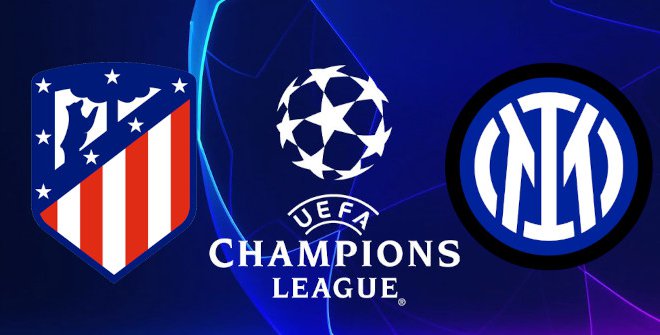FIFA World Cup
Adidas unveils Al Rihla, the 2022 Qatar FIFA World Cup ball.
14:49

Adidas has released the 2022 World Cup ball known as the Al Rihla which promises a higher game speed.
Since the year 1970, sportswear manufacturer Adidas has been supplying the official match ball for all the FIFA World Cup matches. Adidas aims at making the official match ball the true icon for all the FIFA World Cups through combining exiting and unique designs with innovative technology. Today it has unveiled the 14th ball created by for the international tournament. Al Rihla will be the official match ball for the 2022 World Cup and one of its most unique features is that it will be the fastest ball “in flight” in the history of the competition. Al Rihla translates to “the journey” in Arabic and the ball has drawings inspired from Qatar's unique architecture, national flag, and iconic boats.
The Al Rihla is said to provide the highest level of reliability and accuracy on the pitch and is said to move quicker in the air than any previous World Cup balls. As the game speeds up and gets faster, flight stability and accuracy become of critical importance and thus, as quoted by design director in the football graphics and hard wear department at Adidas, Franziska Loeffelmann "The new design allows the ball to maintain its speed significantly higher as it journeys through the air."
The other features of Al Rihla include supporting quick passages of play while keeping shape and at the same time improving accuracy and consistency. The 20 panels of the ball are included to help enhance aerodynamics, helping players improve the accuracy and swerve of their shots. The launch of the ball today marks the commencement of a world tour that aims at helping to improve equity and access to local football communities. The ball is made purely of water-based inks and glues, becoming the first for a World Cup model. The ball will be open for sale from 30th March and it will retail at $165. Adidas has announced that one percent of all Al Rihla sales will be donated to the Common Goal Movement.
Al Rihla is not the first unique ball of the World Cup, there have been others such as the +Teamgeist(2006) that did set new standards with highly iconic design and panel technology. The Tricolore(1998) which introduced a syntactic foam layer. The Questra(1994) the polyurethane foam-based ball. The Azteca(1986) the first fully synthetic ball. The Tango(1982) he first ball to successfully combine leather and polyurethane.





